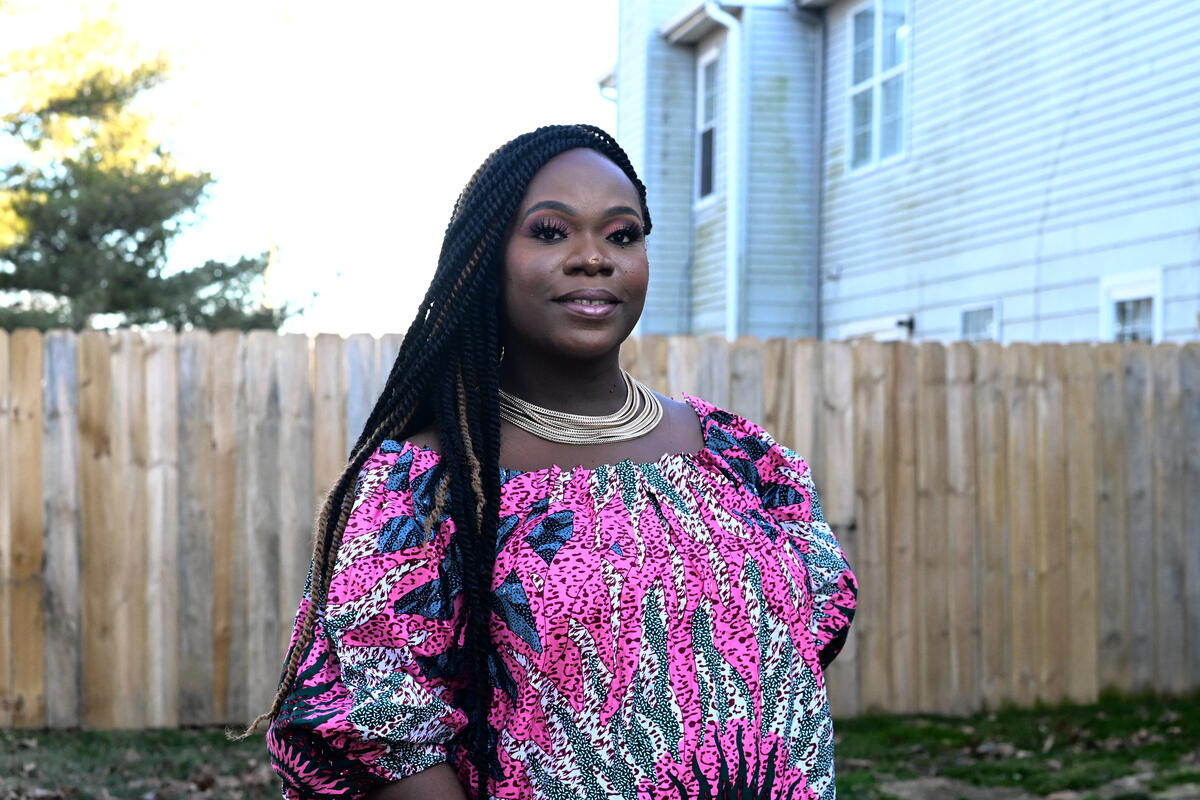Aid agencies move to ease plight of displaced people in Liberia
Aid agencies move to ease plight of displaced people in Liberia

MONROVIA, Liberia, Oct 2 (UNHCR) - Aid agencies are moving in Liberia to ease the plight of hundreds of thousands of internally displaced people, or IDPs, as security conditions continue to improve across the nation wracked by 14 years of civil conflict.
The UN refugee agency, in co-ordination with other aid organisations, has so far emptied most of the schools in the capital of Monrovia to make way for the opening of classes later this month.
Survey teams have identified 151,000 IDPs in 64 places, mainly schools, public buildings and private houses, in Monrovia. Around 31,000 of them are being transported to seven camps in Montserrado, just outside Monrovia. The other 120,000 IDPs, mainly from Upper Lofa and Bong counties, will be moved to camps at Fendell, just north of the capital. An estimated 500,000 IDPs are scattered in makeshift camps and shelters across the country.
In Geneva, Moses Okello, UNHCR's Representative in Liberia, expressed optimism at the situation in Liberia. He told the agency's annual Executive Committee meeting that the deployment of peacekeepers in Liberia would mark a "new beginning" for a brighter future in the troubled country.
On Wednesday, the 3,500-strong West African force sent to Liberia in August was officially enlisted in the roster of 15,000 UN peacekeepers that will begin deploying this month. The West Africans supervised the departure of former President Charles Taylor and brought order to the nation torn by continual conflicts since 1989.
Okello also referred to a gun battle in Monrovia on Wednesday in which three people were killed as Sekou Conneh, leader of the rebel Liberians United for the Restoration of Democracy (LURD), was on his way to a meeting with interim President Moses Blah. At least three relief agency vehicles, including one from UNHCR, were seized by LURD soldiers. Workers in the cars were also robbed at gunpoint.
"It was one of those glitches rather than a return to the situation before the August peace accord," Okello said. He said, however, that the continued presence of 30,000 armed fighters was worrying unless problems of unemployment are addressed.
Meanwhile, the UN announced it has eased a security alert in Liberia, allowing staff to undertake programmes to areas up to 100 km outside Monrovia, to such places as Totota, Buchanan and Bo Waterside.
On Tuesday, a UN team reported from central Liberia that fighting had died down in the counties of Bong and Nimba and that displaced Liberians were trickling back home. Most villages were practically empty and quiet but a number of people, mostly women and children, were seen there, including in the main town of Gbarnga.
Villagers at nearby Phebe reported that some 18,000 residents had returned and more people were coming back daily. The UN team saw 40 to 50 IDPs arrive at Phebe in less than one hour.
However, in some villages, IDPs reported that occasional gunfire and explosions set off by looters had been scaring off villagers, particularly in Lofa county. Fighting broke out in Bong and Nimba in mid-September, sending into Guinea some 7,000 Liberians who said they feared harassment, looting and raping of women by combatants.
Meanwhile, in eastern Liberia's Grand Gedeh county, relief agencies reported that 3,000-4,000 Liberian refugees from Côte d'Ivoire have returned to the area because of improved security.









